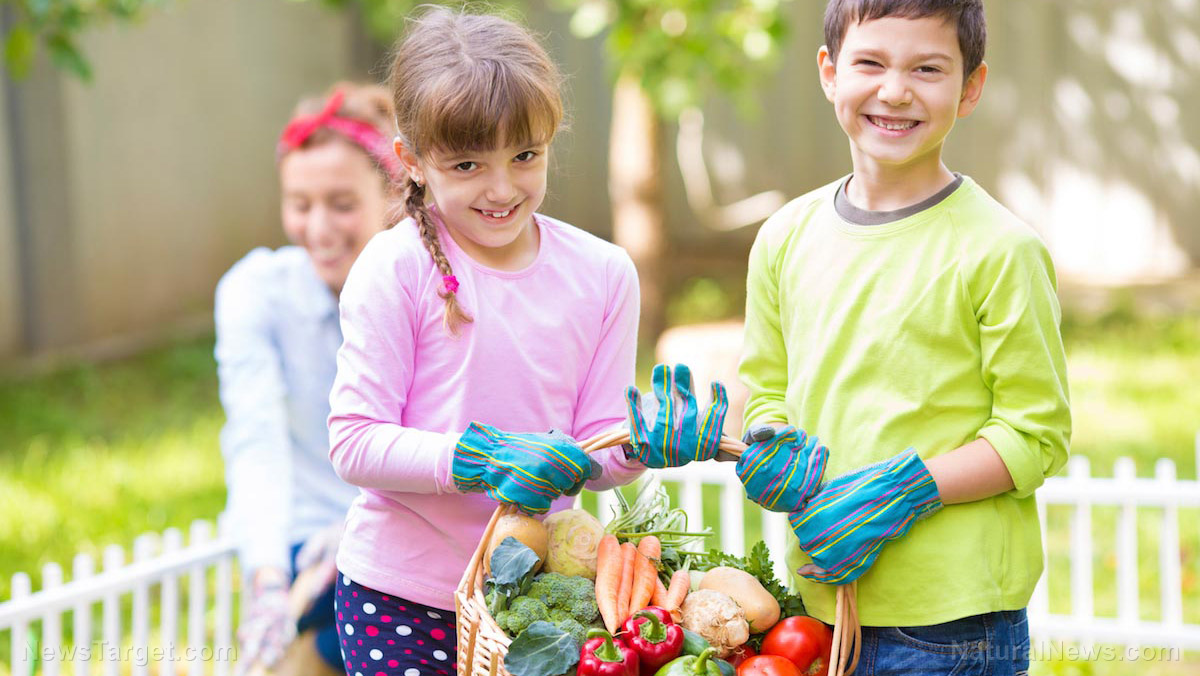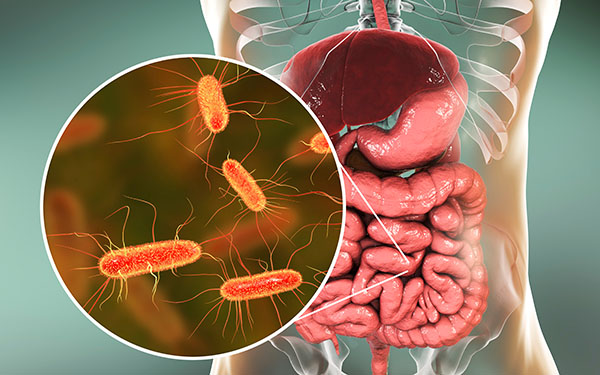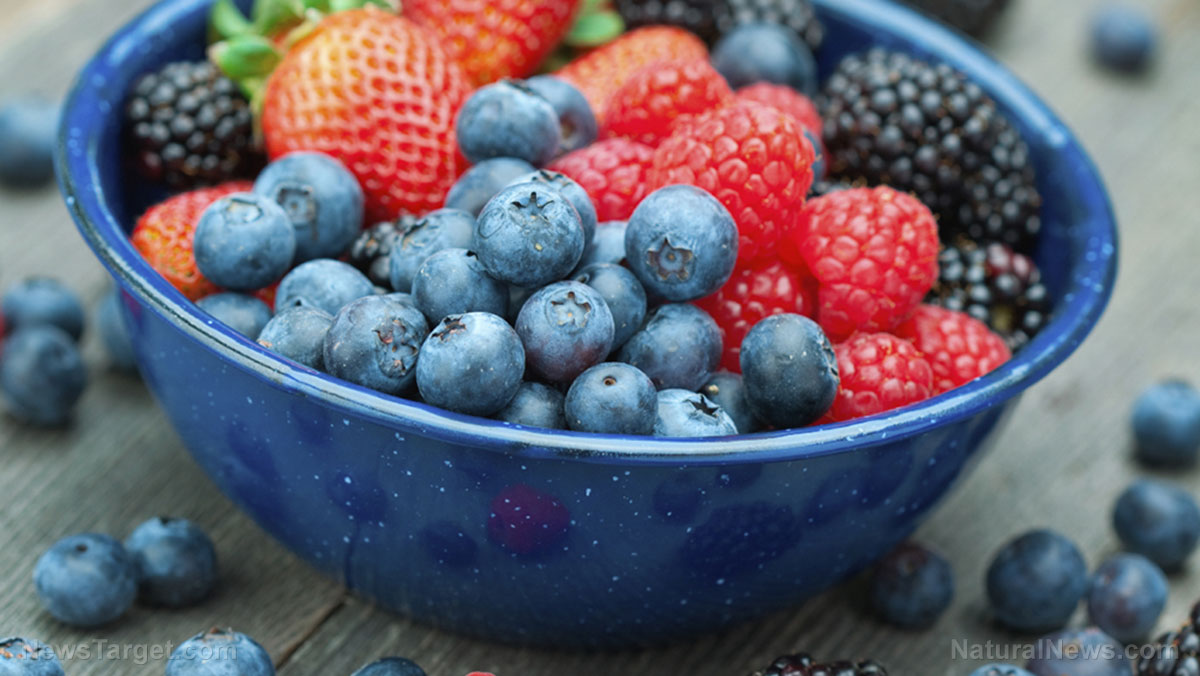A comprehensive guide to natural healing for kids: "Healing Your Child" by Francis Darragh and Louise Darragh Law
- "Healing Your Child" by Francis Darragh and Louise Darragh Law serves as a timely, alphabetically organized resource for parents seeking natural remedies to treat and prevent childhood illnesses, blending herbs, homeopathy and nutrition.
- It simplifies health navigation with sections on specific illnesses, body parts for ambiguous symptoms and resistance/epidemic diseases, making it accessible for non-experts.
- The book covers herbs (e.g., Echinacea, Juniper Berries) in various forms (tinctures, oils) with preparation tips, plus homeopathic remedies and cell salts to address imbalances and support healing.
- It emphasizes immediate steps for illnesses, lists warning symptoms requiring medical attention and provides dietary recommendations (fresh, unprocessed foods) to strengthen immunity.
- It also advocates for proactive, natural care while acknowledging the need for professional help, offering solutions for ailments from minor (abscesses) to serious (diabetes, hepatitis).
"
Healing Your Child: An A-Z Guide to Using Natural Remedies" by Francis Darragh and Louise Darragh Law emerges as a timely and essential resource for parents who are increasingly seeking holistic approaches to their children's health.
Published at a moment when natural health is gaining traction worldwide, this book offers a meticulously organized guide to recognizing, treating and preventing childhood illnesses using natural methods. The authors, both experienced in natural health practices, provide a wealth of knowledge that is both accessible and actionable for parents and caregivers.
The book is structured as an alphabetical guide, a format that simplifies the often overwhelming world of children's health for laypeople. Unlike traditional medical guides that focus on symptoms, Darragh and Law organize their information under illness headings, providing a more straightforward approach to understanding and addressing health issues.
For those instances where diagnosis is unclear, the authors include a section dedicated to specific body parts, ensuring that readers can find relevant information even when symptoms are ambiguous. Additionally, a separate section addresses resistance, epidemic diseases and immunization, reflecting the authors' awareness of contemporary health challenges.
Each ailment discussed in the book is accompanied by a detailed description of its course, potential causes and symptoms. The authors emphasize the importance of immediate action, providing clear guidance on
steps to take when a child falls ill.
They advocate for a balanced approach, integrating the use of herbs, homeopathic remedies and cell salts, which they consider essential components of natural health care. The book underscores the critical need for vigilance, offering a comprehensive list of symptoms that warrant immediate medical attention, such as prolonged stomach aches, confusion and signs of shock.
Herbs are a central theme in the book, and the authors provide extensive information on their uses and applications. They describe various forms of herbs, from fresh to dried, tinctures and oils and even offer guidance on how to prepare these remedies at home.
The book references other herbal guides for those seeking more detailed instructions, ensuring that readers have access to a broad range of resources. Specific herbs like Barberry, Juniper Berries and Echinacea are highlighted for their beneficial properties and the authors provide recipes for herbal syrups, capsules, tablets, poultices, compresses and baths.
Homeopathic remedies are another key focus, with the authors offering a straightforward approach for non-experts. They caution that if symptoms persist despite using suggested remedies, consulting an experienced homeopath is advisable.
The book explains that initial worsening of symptoms can occur as
the body initiates its healing process, but this should be followed by gradual and consistent improvement. A section on choosing the right remedy suggests observing changes in a child's appearance, mood and preferences during illness to guide selection. The authors also provide a list of inimical remedies, which should not be used together.
Cell salts, the mineral salts present in the body's cellular tissues, are discussed as vital to growth and development. An imbalance in these salts can signal the onset of illness and the authors provide a list of twelve cell salts, each with a brief remedy picture to aid in selection.
Beyond natural remedies, the book offers dietary advice, emphasizing the importance of avoiding foods that burden the system with waste and deplete essential nutrients. It recommends a diet of fresh, unprocessed foods and provides a list of
foods that bolster the immune system.
The authors' approach is both practical and holistic, offering specific advice for a wide range of ailments, from common conditions like abscesses and whooping cough to more serious issues such as AIDS, diabetes and hepatitis. They advocate for supporting the body's natural healing processes while also seeking professional medical advice.
"Healing Your Child: An A-Z Guide to Using Natural Remedies" is an indispensable resource for parents and caregivers. It equips readers with the knowledge to understand and utilize natural remedies effectively, providing practical, holistic solutions that complement traditional medical care. Whether dealing with a minor ailment or a more serious condition, this book empowers parents to take an active role in their children's health, fostering a sense of confidence and control in nurturing their well-being.
Learn more about
natural remedies for children by watching the video below.
This video is from the
BrightLearn channel on Brighteon.com.
Sources include:
Brighteon.ai
Brighteon.com












